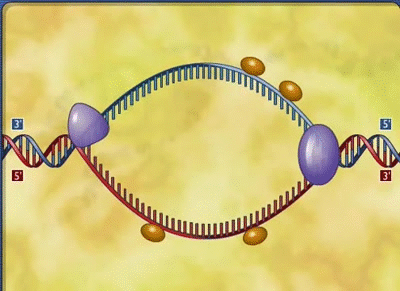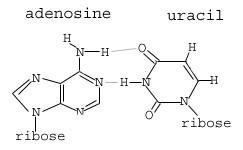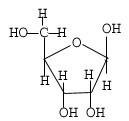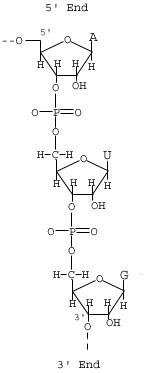Biology Lesson : Differences of DNA and RNA
What is DNA and RNA?
DNA, or deoxyribonucleic acid, is like a blueprint of biological guidelines that a living organism must follow to exist and remain functional. RNA, or ribonucleic acid, helps carry out this blueprint's guidelines. Of the two, RNA is more versatile than DNA, capable of performing numerous, diverse tasks in an organism, but DNA is more stable and holds more complex information for longer periods of time.

DNA Meaning and fuction
A nucleic acid that contains the genetic instructions used in the development and functioning of all modern living organisms. DNA's genes are expressed, or manifested, through the proteins that its nucleotides produce with the help of RNA.
The blueprint of biological guidelines that a living organism must follow to exist and remain functional. Medium of long-term, stable storage and transmission of genetic information
RNA Meaning and fuction
The information found in DNA determines which traits are to be created, activated, or deactivated, while the various forms of RNA do the work.
Helps carry out DNA's blueprint guidelines. Transfers genetic code needed for the creation of proteins from the nucleus to the ribosome.
Differences Between DNA and RNA
Structurally, DNA and RNA are nearly identical. As mentioned earlier, however, there are three fundamental differences that account for the very different functions of the two molecules.
- RNA is a single-stranded nucleic acid.
- RNA has a ribose sugar instead of a deoxyribose sugar like DNA.
- RNA nucleotides have a uracil base instead of thymine.
Other than these differences, DNA and RNA are the same. Their phosphates, sugars, and bases show the same bonding patterns to form nucleotides and their nucleotides bind to form nucleic acids in the same way.
The Uracil Base
The uracil base replaces thymine in RNA. Thymine and uracil are structurally very similar. Uracil has fundamentally the same structure as thymine, with the deletion of a methyl group at the 5' position. Uracil will base pair with adenine in the same way as thymine pairs with adenine.

The Ribose Sugar
The ribose sugar is structurally identical to the deoxyribose sugar, with the addition of a hydroxyl group at the 2' position ().

The Three-Dimensional Structure of RNA
Unlike DNA, RNA cannot adopt the B-form helix because the additional 2' hydroxyl interferes with the arrangement of the sugars in the phosphate backbone. Although RNA does not adopt the highly ordered B-form of helix, it can be found in the A-form and does base pair to form complex secondary and tertiary structures. The primary structure of a nucleic acid refers to its sequence of base pairs. In RNA, the secondary structures are the two- dimensional base-pair foldings in which local sequences have regions of self- complementarity, giving rise to base pairs and turns. Common secondary structural motifs include hairpins, bulges, and loops ().

Conclusion
The main difference between the three-dimensional structures of DNA and RNA is that in RNA the three-dimensional structure is single-stranded. The base- pairing that occurs in RNA is all through regions of self-complementarity. This three-dimensional arrangement is called the tertiary structure of RNA and it can be very complex.
Source :
This looks like a good basic biology primer. By-the-way, you provided some very nice illustrations. Thanks for the post.